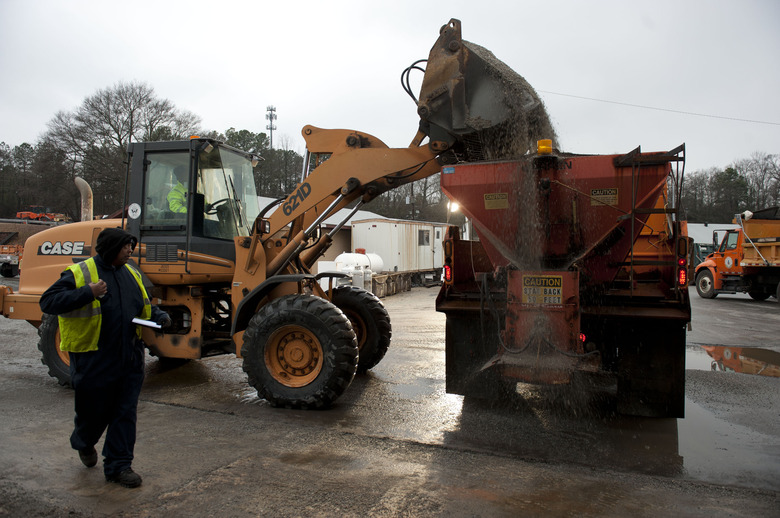Front End Loader Specifications
A front end loader is a piece of equipment used on farms, on construction sites, and in a wide variety of other situations where material needs to be picked up from one location and scooped and dumped onto another. Every front end loader has different specifications, but you can gain better understanding of these pieces of equipment if you understand what the basic specifications mean.
Bucket Size
Bucket Size
One of the key specifications is the bucket size. This is the figure you need to use to determine whether your front end loader can fit your needs or not—if the bucket size is too small for the amount of material you need to shift, your jobsite will not operate at optimal efficiency. Instead, you will make multiple trips where one with a larger bucket would have worked far better.
Level Bucket vs. Dumped Bucket
Level Bucket vs. Dumped Bucket
Next there is the height of a level bucket and the height of the dumped bucket. A level bucket will be higher than a dumped bucket as it won't be angled downards; it is important to ensure that not only is your level bucket height adequate but also your dumped bucket height. Otherwise you will be constantly leveling it out to clear lips and ledges which will, again, diminish your efficiency.
Dump Angle
Dump Angle
The dump angle is the angle at which the loader can turn to dump. The higher the angle, the quicker it can move its goods from one place to another, as it creates a bigger incline for the dirt, gravel or mulch to slide down.
Raising and Lowering Time
Raising and Lowering Time
Finally, there is the raising and lowering time. Since raising is going against gravity and lowering is simply controlling a descent while working with it, the raising time is generally longer than the lowering time. That is not to say that the difference is profound—it is usually only a second or two at the most.
References
Cite This Article
MLA
Grover, Sam. "Front End Loader Specifications" sciencing.com, https://www.sciencing.com/list-7236402-front-end-loader-specifications/. 9 January 2018.
APA
Grover, Sam. (2018, January 9). Front End Loader Specifications. sciencing.com. Retrieved from https://www.sciencing.com/list-7236402-front-end-loader-specifications/
Chicago
Grover, Sam. Front End Loader Specifications last modified March 24, 2022. https://www.sciencing.com/list-7236402-front-end-loader-specifications/
